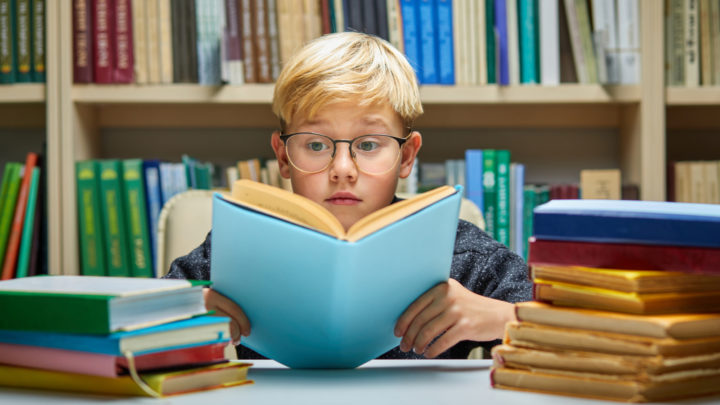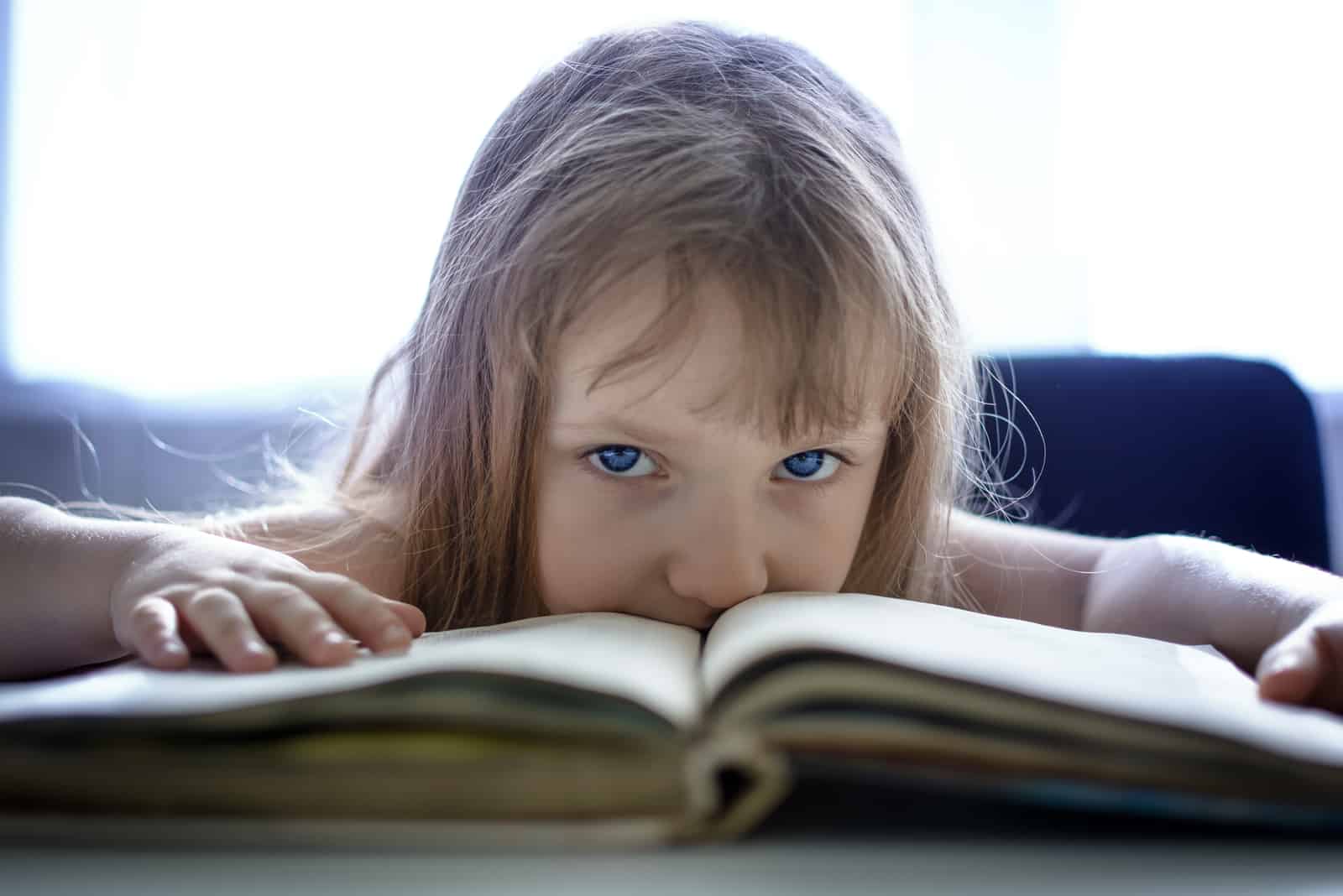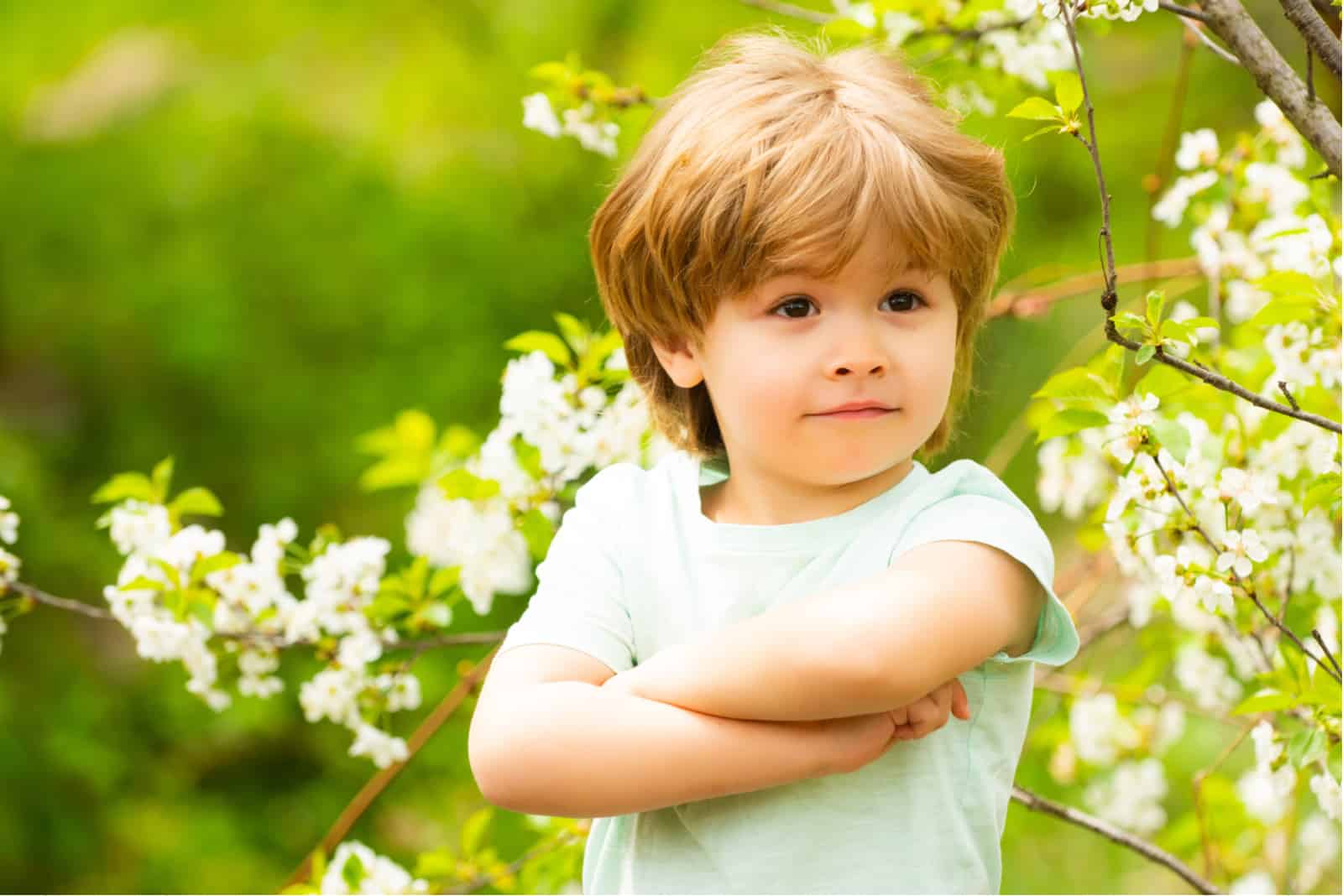According to a new age concept, an indigo child is a child possessing an indigo aura who exhibits remarkable characteristics.
It’s said that they might even have psychic abilities, such as telepathy, and they’re here to usher in a new age.
If you haven’t heard about indigo children before, at first glance, they might seem like characters out of a superhero movie.
Read on to see what’s going on and see if the champion of the earth is walking among us.
What Is An Indigo Child?
Depending on who you ask, the indigo child is creative, sensitive, and rebellious.
According to others, they also might be the next step in human evolution, gifted with supernatural powers and here to save the world.
And finally, some claim that the label “indigo child” is an alternative to a diagnosis of autism, ADHD, or learning disabilities.
Which is the real answer? We’ll look at all three perspectives, but first, let’s take a look at the origin of indigo children.
Where Do Indigo Children Come From?
The concept of indigo children was developed in the 1970s by Nancy Ann Tappe, a parapsychologist who studied people’s auras.
According to Tappe, different aura colors appear around individual people, but each era is usually marked by a predominance of one color.
When she noticed a rise in indigo auras in children, Tappe concluded that the Indigo Age was coming. She describes indigo children as,
“…gifted souls with an evolved consciousness who have come here to help change the vibrations of our lives and create one land, one globe and one species.” Tappe, Understanding Your Life Through Color (1982)
Some years later, Lee Carroll, a channeler, and his wife Jan Tober, a self-help lecturer, made the concept widely known with their book The Indigo Children: The New Kids Have Arrived, published in 1999.
What Are The Characteristics Of An Indigo Child?
There’s a consensus among various authors on the subject that indigo children are intelligent, confident, unruly and sensitive.
Other descriptions may differ, so we looked at several sources to get the best picture of the traits of indigo children.
1. Original indigo child traits
On her now-defunct website dedicated to indigo children, Tappe described them as:
• Excellent with technology
As computers and the internet became commonplace in the 1980s, it’s no surprise that young people at the time easily adopted emerging new technologies.
• Full of energy / Bored with school / Easily distracted / Good multitaskers
Using these attributes to describe indigo children makes it clear why the concept was linked to ADHD.
• Blunt / Informal
A new, more casual style of communication among young people was considered unusual and different.
• Entitled / Focused on their peers / Disregard social norms
Parents were advised to respect their children’s individuality, and behavioral problems in some children that might have arisen from these traits were accepted.
A criticism of Tappe’s descriptions of indigo children is that they’re vague and easy to apply to any child.
Many traits detailed here were identified by psychologists as disruptive behavior caused by contemporary lifestyles that make it impossible for parents to dedicate enough attention to their children.
2. Extended indigo child traits
According to The Indigo Children website, related to Carroll and Tober, these are the traits of indigo children:
• They feel and act like royalty
• They feel they deserve to be here
• High self-worth
• They can’t be disciplined with fear
• Difficulty with authority figures
• They don’t want to do some things, such as waiting in line
• Frustrated with rigid systems without creative thought
• School is often difficult
• They don’t conform to any system
• They only socialize with their own kind
• They feel like no one understands them except those like them
Still strongly linked to ADHD, these descriptions are very similar to Tappe’s.
Carroll and Tober claim that indigo children’s problems related to school stem from the fact that they’re more intelligent and mature than their teachers and, therefore, reject their authority.
3. Revisited indigo child traits
Doreen Virtue, another author on the subject of indigo kids, expanded on the paranormal aspect of the concept.
She emphasizes their psychic abilities and describes them with the following attributes:
• Strong-willed
• Headstrong
• Creative
• Addiction-prone
• Old soul
• Psychic
• Isolationist
• Independent
• Proud
• Deep desire to help the world in a big way
• Easily bored
• Probably diagnosed with ADHD
• Sleep problems
According to Virtue,
“If a child responds positively to 14 or more characteristics, they are likely Indigos.An adult who relates to these characteristics is possibly a forerunner – to set the groundwork for the indigos. Often they are called ‘lightworkers.'” Virtue, The Care and Feeding of Indigo Children (2001) Hay House.
What Do Parents Look For In The Indigo Child Concept?
It’s generally believed that the concept of the indigo child is related to an increase in attention deficit hyperactivity disorder diagnoses in children in the 1980s and 1990s.
A lot of indigo children’s traits, such as their resistance towards authority figures and their difficulties at school, corresponded to ADHD symptoms.
At the time, ADHD wasn’t a widely discussed subject, and a lot of the details were unfamiliar to parents, despite their apparent widespread.
For some parents, it was a way to cope with what was labeled a behavior disorder or neurodivergence. It was easier to have a child who was special and gifted than a child with a diagnosis of a disorder.
Additionally, with the rise in diagnosis, mental health professionals prescribed more medication without addressing the underlying issues.
Frustrated by fear of overmedication and distrust towards the pharmaceutical industry, some parents turned elsewhere for answers.
Some parents believe in conspiracy theories claiming that ADHD is a ploy to sell more medication.
One of the ideas presented in Caroll and Tober’s book The Indigo Children: The New Kids Have Arrived is that children with ADHD are at a new stage in human evolution and don’t require medication.
The Next Generation?
Now that we’ve learned all about indigo kids, let’s move on. Who are crystal children?
According to Doreen Virtue’s 2003 book The Crystal Children, they are the next generation that came after the indigo children, and these two generations are collectively called star children.
She mentions that they don’t have the “dark edge and the anger energy” of indigo kids, and they’re highly telepathic and sensitive, even more so than their predecessors.
This concept has been related to the autism spectrum.
Similar to parents of indigo children who were reluctant to accept ADHD, parents who claim their children are crystal children might be trying to redefine neurodivergent symptoms as psychic powers.
While it might be a positive spin in a challenging situation, it might have consequences, such as parents avoiding treatment. This sometimes includes parents rejecting child vaccinations.
Do You Believe In Indigo Children?
Creative, intuitive, rebellious, sensitive, empathetic, unconventional, intelligent, and confident. They sound amazing, don’t they?
Some parents approach the idea of an indigo child lightly, as a fun way to talk about their kids and share cute quizzes on social media. Who wouldn’t like to think that their child is extraordinary?
Some parents whose children exhibit some behavioral issues are tempted to explain them by using more positive language.
The problem arises when theories distract from providing their children with proper care, and their problematic behavior is rationalized.
Skeptics emphasize that the idea of indigo children is pseudoscience, with no scientific research or elaboration.
ADHD isn’t as unfamiliar and misunderstood as it used to be. There are ways of treating it that didn’t exist at the time when the theory of indigo children came to be.
Whichever belief anyone may hold, it’s ok as long as it prioritizes the child’s well-being.








